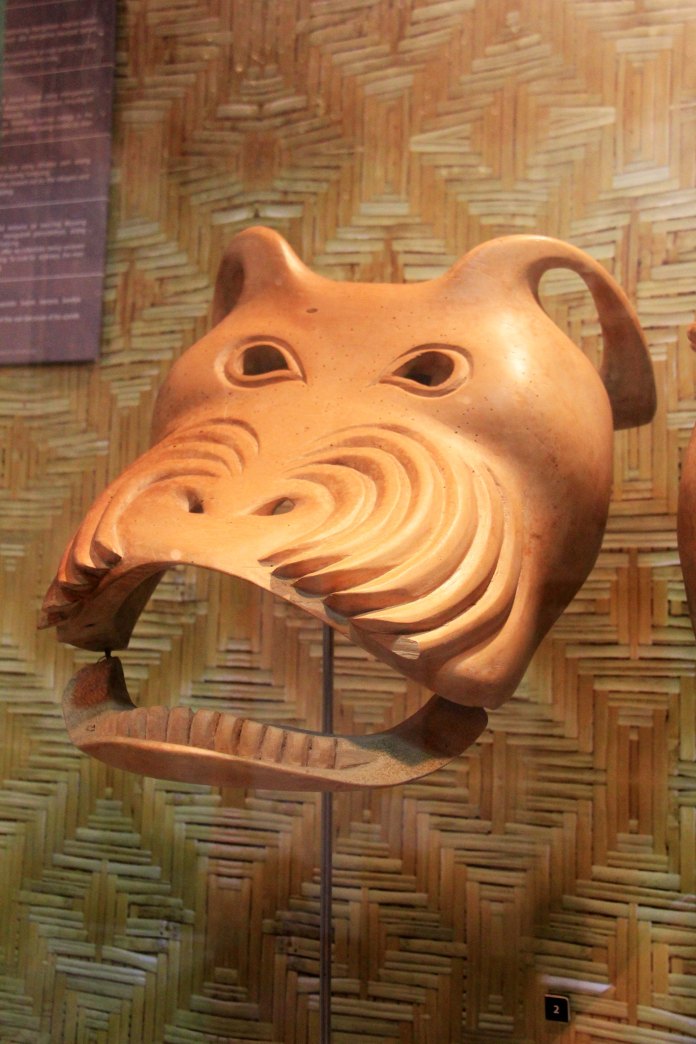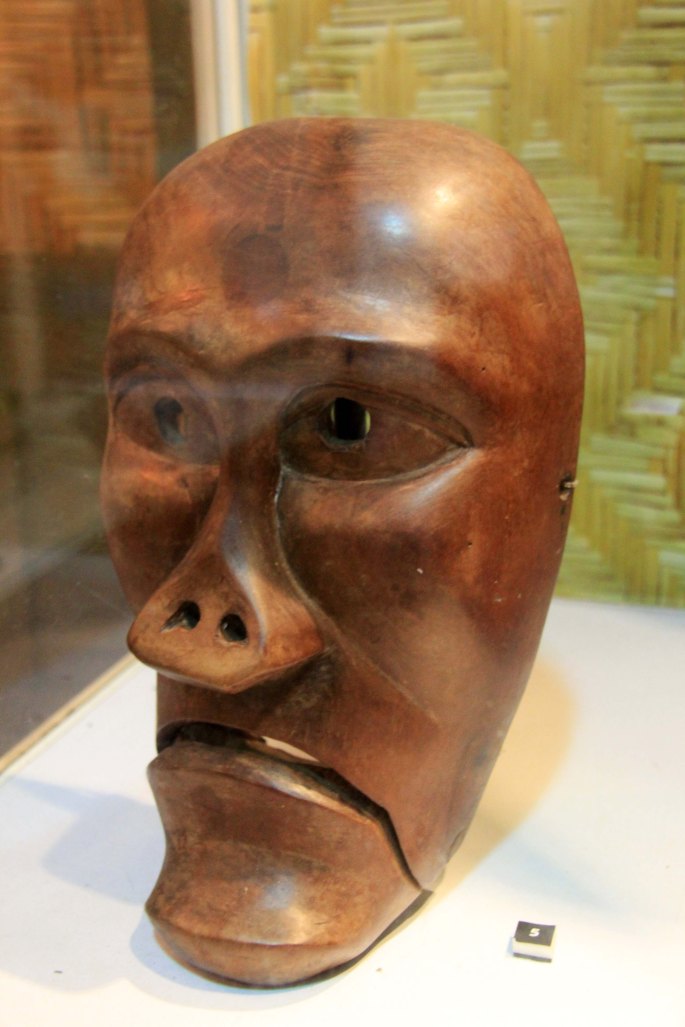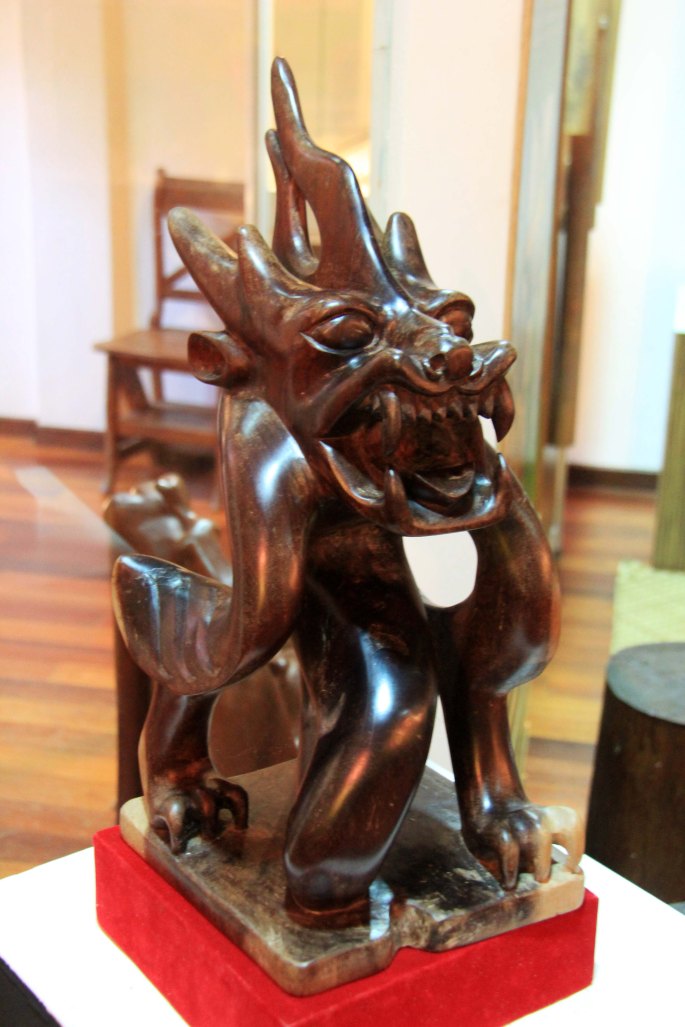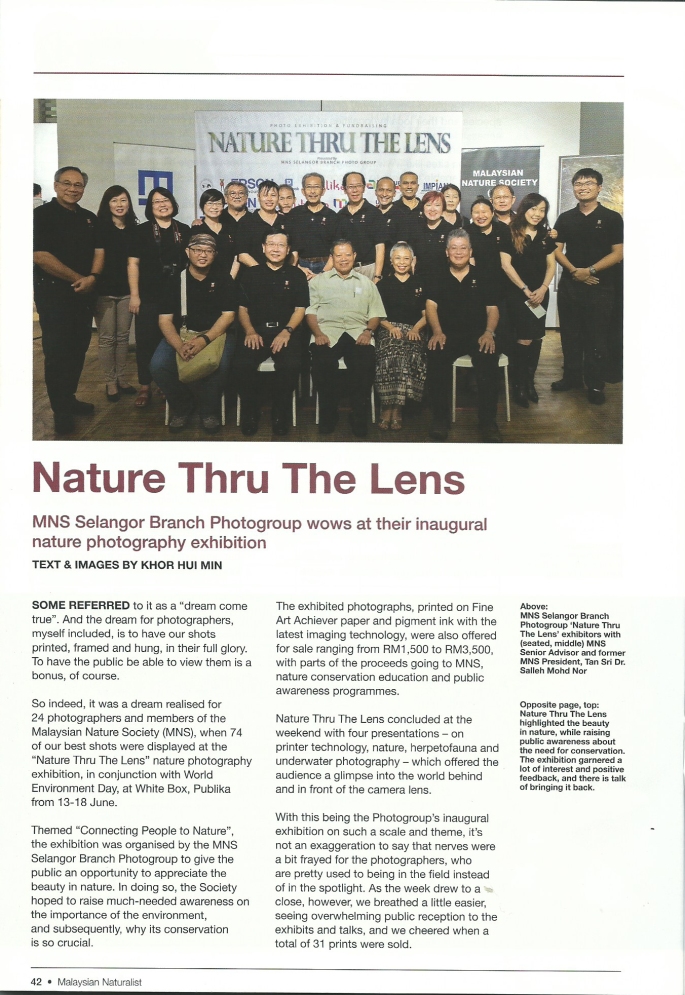I’ve always liked writing, and through the years, since 2001 in fact, I’ve worked as a writer, technical writer, copywriter, editor. I never ventured far from the written word and publications in their various forms.
In 2012, I even participated in a sort of ‘open tender’ for textbook writers by Dewan Bahasa dan Pustaka (DBP), the national textbook publisher. Literally, it was ‘may the best writer (or teacher) win’! When I went to submit my package (including three sample chapters), I saw on the list that 30 teachers had submitted before me. And I was not a teacher. I was an editor working for a schoolbook publisher. A few weeks passed, and out of the blue, I received a call – I had been selected along with two teachers to write KSSR English Year 4. That was an unforgettable one-year journey, with monthly week-long meetings at DBP for brainstorming, manuscript improvement and the works.
Fast-forward to 2019, I have been a self-employed writer for two years, when I got a call out of the blue from the executive director of the Malaysian Nature Society (MNS), of which I was a life member. The position of managing editor of the Malaysian Naturalist was now vacant. Would I like to take up the challenge?
Even though I never thought that I would be the managing editor of any magazine, and was contented to be a writer, I found myself saying yes. It was probably only because I was passionate about nature and the environment.
The first issue I was supposed to handle was late, so I had to rush, and I invited various members to contribute articles. However, I made the deadline successfully. On the cover of my first issue was a beautiful Leopard Cat by Elliot Ong. Hey, I was making things work! It was a great feeling. Best of all, I was working from home. There was no requirement to commute to work daily and be stuck in mind-numbing traffic jams and trapped in an office for the whole day (from 17 years of working in full-time permanent jobs, being stuck inside an office for 8-10 hours or more, feeling trapped – it’s a real energy-sapper).

Then it was time to produce the next issue. After all, it was a quarterly magazine. This time, we talked about the iconic and dedicated environmentalists of Malaysia, and the Dark Cave (next to the Temple Cave of Batu Caves), among other things. We put a cave centipede photo by Tony Yap on the cover. Things went better and smoother now, with my second issue. And the Publications Committee was supportive too.
I found that being a member of the society for over 14 years had its benefits. I was a regular volunteer, so I knew the active members, special interest group coordinators, branch chairs and others who could contribute articles. Another important factor was being able to work with the designers in the agency well too. I gave them full creative freedom to come up with the design and layout for each page, and they have always produced great work.
In this regard, managing relationships was equally as important as being able to write, edit and manage the magazine. I am thankful for all the support I have received so far from all of the parties involved, and this has enabled me to make the Society’s magazine beautiful and informative.
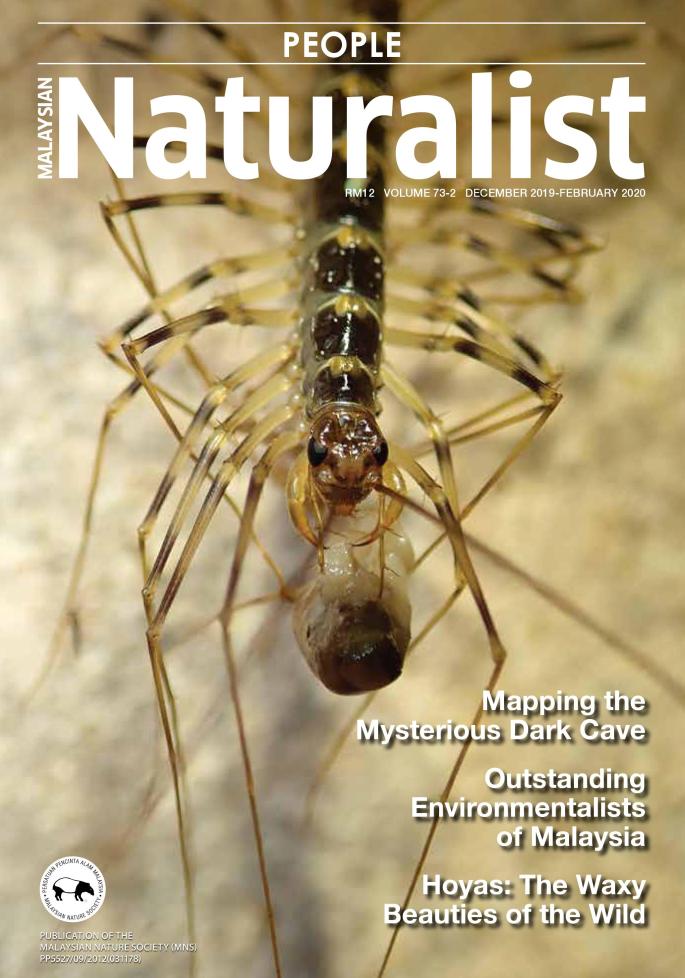
I’m looking forward to working on more issues to come. Next issue will be about the Malaysian Nature Society’s 80th anniversary, which we will be celebrating throughout 2020.
If you would like to get a copy of the mag or subscribe, check out https://www.mns.my/get-your-copy-now/
If you are a nature lover, environmentalist or researcher, and you have something to write about, do send the article to us, with lots of hi-res photos. You can see the contributor guidelines here: https://www.mns.my/contributor-guidelines/
This article was first published in LinkedIn.
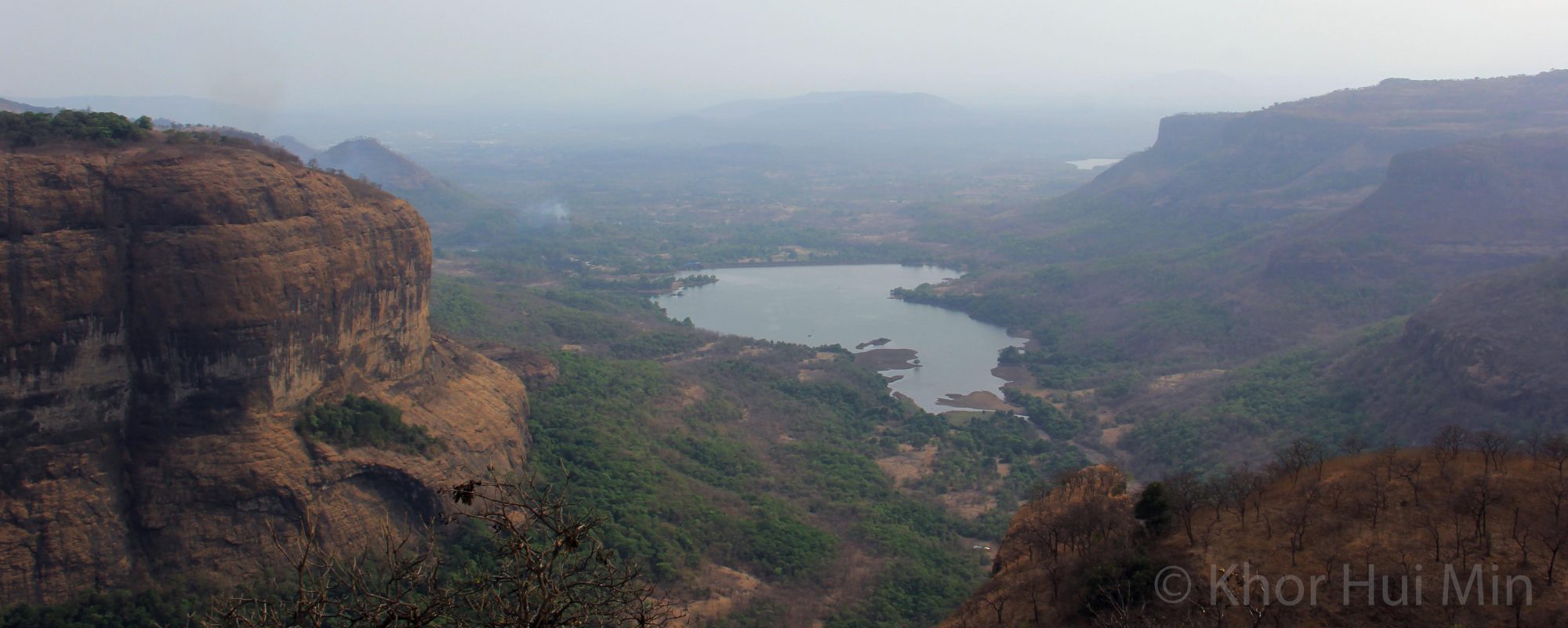







 Thanks for stopping by to meet Khor Hui-Min. I look forward to reviewing her debut poetry novel, “Poems of Nature & Life.” ❤
Thanks for stopping by to meet Khor Hui-Min. I look forward to reviewing her debut poetry novel, “Poems of Nature & Life.” ❤





 Most of us were brought up conditioned to work in a 9-to-5 (or nowadays 9-to-9) job, with a structured work place, deadlines to chase and a boss (or bosses) to answer to. Well, that was what I did for about 17 years, till one day I decided that I needed another kind of working style, a new environment and a new direction, and working for yet another publishing house or advertising agency was not the answer. That was when I made the life-changing decision to become self-employed.
Most of us were brought up conditioned to work in a 9-to-5 (or nowadays 9-to-9) job, with a structured work place, deadlines to chase and a boss (or bosses) to answer to. Well, that was what I did for about 17 years, till one day I decided that I needed another kind of working style, a new environment and a new direction, and working for yet another publishing house or advertising agency was not the answer. That was when I made the life-changing decision to become self-employed.








